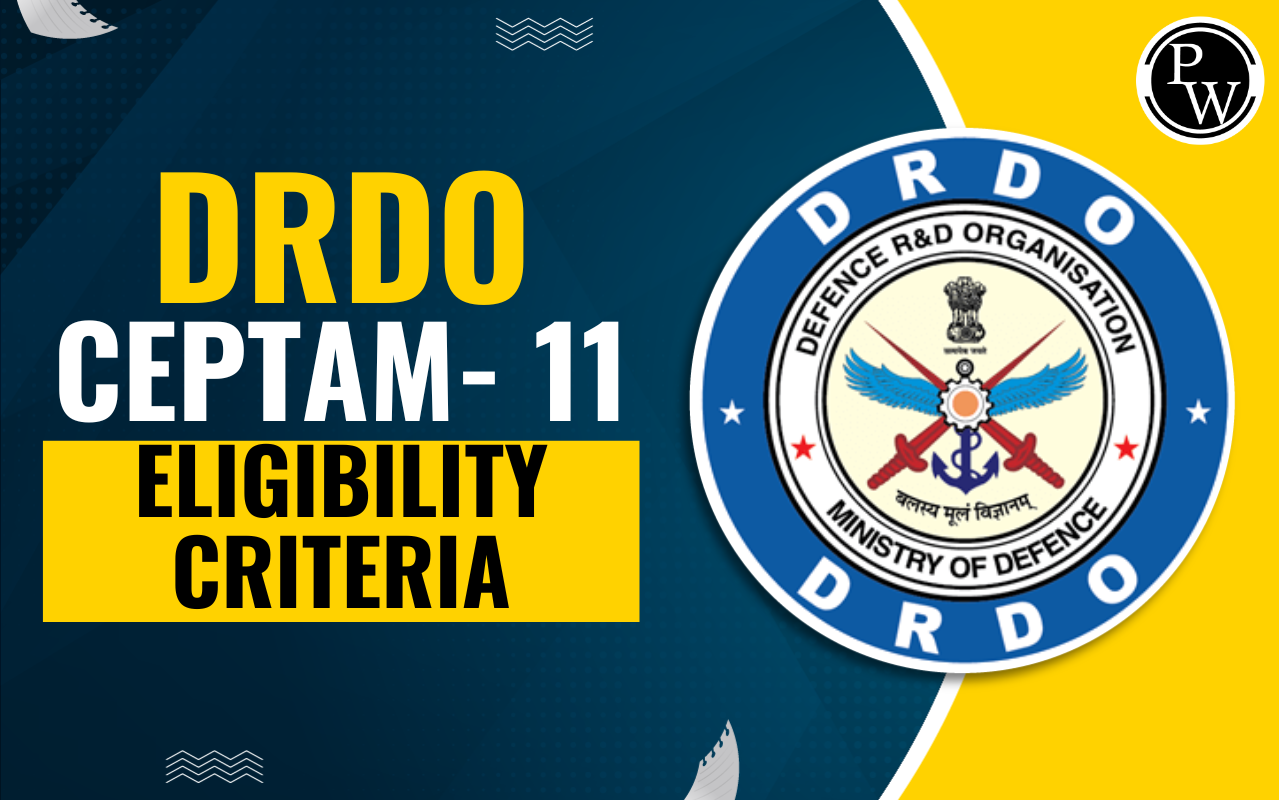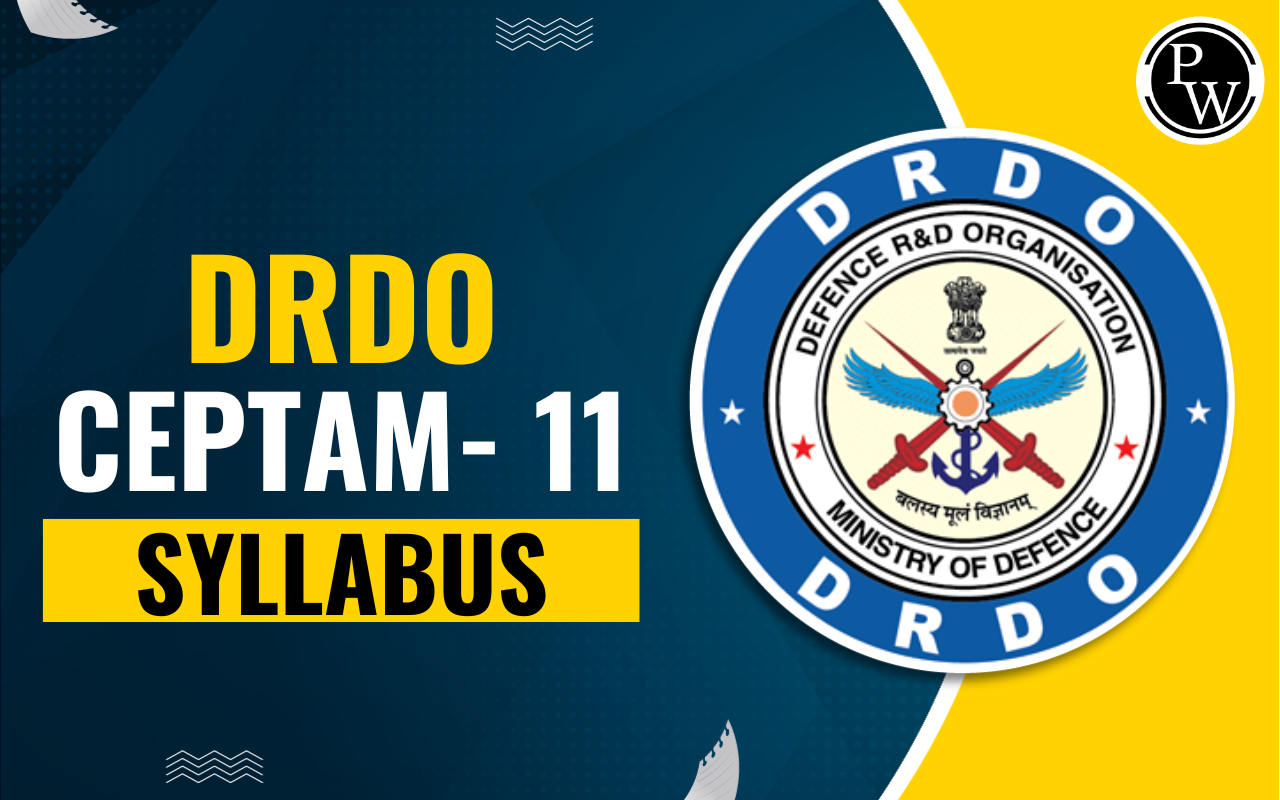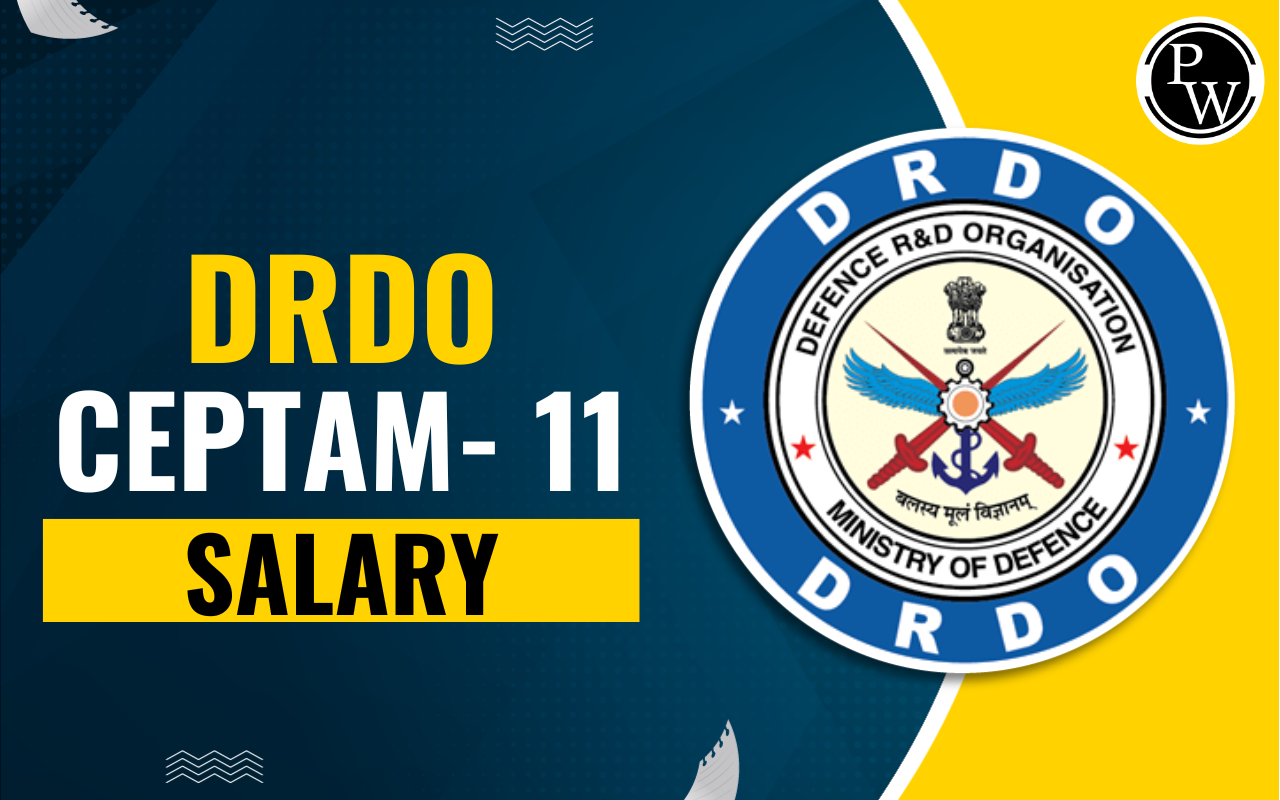
Types of Memory in Computers: There are two main types of computer memory: primary and secondary. The term "memory" can refer to primary memory or a specific type of it called "random access memory" (RAM). This type of memory is located on microchips that are very close to the computer's microprocessor.
In simple terms, computer memory is like a quick-access storage area where a computer keeps important instructions and data. It's crucial for a computer to work properly because it needs to store and use information instantly. Memory is used by the computer's operating system, hardware, and software to function effectively.Computer Memory
Computer memory encompasses various data storage technologies utilized by a computer system. It serves as an electronic space to hold instructions and data, allowing the computer to access them swiftly. Memory is like a collection of storage units that store binary information in the form of bits. These memory blocks are divided into smaller components known as cells, each having a unique address for storing data in the memory.Types of Memory in Computer
In simple terms, computer memory can be categorized into two main types: primary and secondary memory. When focusing on primary memory alone, there are various types available. Some examples of primary memory include the following:Primary Memory or RAM (Random Access Memory)
A computer's primary memory, also known as Random Access Memory (RAM), is a fast and volatile type of memory. It holds data and information while our computer is running, but everything stored in RAM is lost when the computer is turned off. RAM plays a crucial role in enhancing the overall performance of the computer by allowing the CPU (Central Processing Unit) to quickly read and write data. This enables efficient multitasking and ensures smooth system performance. The size of RAM, or primary memory, is measured in gigabytes (GB) or terabytes (TB). There are two types of RAM: DRAM and SRAM. DRAM stands for Dynamic Random Access Memory, and it's a type of RAM used for dynamic data storage. Each cell in DRAM holds one bit of information and is made up of a tiny capacitor and transistor. However, because of its volatile nature, the information in DRAM needs to be continuously refreshed to prevent data loss. On the other hand, SRAM stands for Static Random Access Memory. It also stores data in memory but of a static nature, meaning the data remains active as long as there is a power supply. Although the same-sized SRAM chip can hold less data compared to DRAM, it has an advantage: it doesn't require continuous refreshing like DRAM does.ROM (Read Only Memory)
Read-Only Memory (ROM) is a permanent type of storage in computers. It can only read the information stored in it and cannot be modified or written to. The data remains intact even after the computer is powered off, making it non-volatile. There are five main types of ROM:- MROM: The oldest type of ROM where the data is set during the manufacturing process, and users cannot change it.
- PROM: A digital ROM that allows writing information or programs only once using a special device.
- Flash ROM: This ROM can be programmed in smaller units called sectors or blocks and is commonly used for data transfer between computers and digital devices.
- EPROM: Data in this ROM can be erased and reprogrammed once. It can store data for around 10-20 years, and to reprogram it, a UV light is used for 40 minutes.
- EEPROM: The full form of EEPROM is Electrically Erasable and Programmable Read Only Memory. It allows data to be erased and reprogrammed multiple times using electrical charges.
Secondary Memory
Secondary memory is a type of non-volatile storage used for long-term data storage in computers. It includes various storage devices like hard disk drives (HDDs), solid-state drives (SSDs), optical discs (CDs, DVDs, Blu-ray), USB flash drives, and memory cards. These secondary storage devices offer larger storage capacities compared to RAM but have slower access times. Here are the types of secondary memory:- Hard Disk: A permanent type of computer memory that stores programs, files, and data. It is located on the computer's motherboard and retains data even during power outages or when the system is turned off.
- Compact Disc (CD): An optical disk storage device that can store various types of data, including audio, video, files, and other information. CDs use light to read and write data.
- Pen Drive (USB Flash Drive): A portable device used as secondary memory in computers for permanently storing data. It is commonly known as a USB flash drive and is used for storing and transferring data.
Cache Memory
Cache memory in a computer is a small-sized chip-based memory located between the main memory and CPU, very close to the CPU chip. Its purpose is to boost the CPU's performance by providing high-speed temporary storage for frequently accessed data. All the instructions and data that the CPU frequently uses are stored in the Cache memory. There are three types of Cache memory: L1, L2, and L3 cache, each offering different levels of speed and capacity to optimize the computer's overall efficiency.Virtual Memory
Virtual memory is like an extension of your computer's RAM. When your computer's RAM is not enough to handle all the programs running at once, the operating system uses a part of the hard drive as virtual memory. This temporary storage helps to hold data that would normally be stored in RAM. Thanks to virtual memory, your computer can handle larger programs and multitask more effectively, ensuring smoother performance even when dealing with numerous tasks simultaneously.How Computer Memory Works?
When you open a program on your computer, it gets moved from a slower storage (like a solid-state drive or SSD) to a faster storage called primary memory (RAM). This way, the program can communicate with your computer's processor more quickly, leading to faster performance. But remember, primary memory (RAM) is temporary and volatile, meaning the data stored there is only held temporarily. When you turn off your computer, everything in RAM gets automatically deleted. On the other hand, secondary memory (like hard drives or SSDs) is non-volatile and can store data even when the power is off. When you save a file, it gets sent to secondary memory for safekeeping. This is important because primary memory can't hold onto data permanently. Computers have various types of memory, but most commonly, semiconductor-based memory is associated with RAM. Semiconductor memory is made of integrated circuits with silicon-based metal-oxide-semiconductor (MOS) transistors. Understanding how computer memory works can help you optimize your device's performance and take proper measures to back up important data to avoid losing it when the power is off.Difference Between Memory and Storage
Memory in a computer is commonly known as the primary storage, like RAM. It is where information is processed and accessed by users. However, it's important to know that primary memory is volatile, which means it can only hold data temporarily. Once the computer is turned off, the data stored in primary memory is lost. In computers, storage refers to secondary memory, where data is kept. Common examples of storage are hard drives or hard disk drives (HDDs). Unlike primary memory, storage is nonvolatile, which means the information remains even after the computer is turned off and then back on. When a program is actively running, it stays in the computer's primary memory for quick access to data. However, once the program is closed, it is moved to secondary memory or storage for safekeeping until you need it again.Types of Memory FAQs
What are the types of memory in the computer?
There are two types of memory, which are primary memory and secondary memory.
What is primary memory?
Primary memory in a computer refers to the main memory, like RAM, where the CPU accesses data and instructions for immediate processing. It is volatile, meaning the data is lost when the computer is powered off.
What is secondary memory?
Secondary memory in a computer refers to storage devices like hard drives, SSDs, CDs, and USB flash drives, used for long-term data storage, retaining information even when the power is off. It is non-volatile, allowing data to be preserved for extended periods.
What is the difference between RAM and ROM?
RAM (Random Access Memory) is a volatile memory used for temporary data storage and quick access, while ROM (Read-Only Memory) is non-volatile and stores permanent data and instructions that cannot be modified.
What are the four types of memory in computer?
The four types of memory in a computer are: RAM (Random Access Memory), ROM (Read-Only Memory), Cache Memory and Secondary Memory.
Talk to a counsellorHave doubts? Our support team will be happy to assist you!

Check out these Related Articles
Free Learning Resources
PW Books
Notes (Class 10-12)
PW Study Materials
Notes (Class 6-9)
Ncert Solutions
Govt Exams
Class 6th to 12th Online Courses
Govt Job Exams Courses
UPSC Coaching
Defence Exam Coaching
Gate Exam Coaching
Other Exams
Know about Physics Wallah
Physics Wallah is an Indian edtech platform that provides accessible & comprehensive learning experiences to students from Class 6th to postgraduate level. We also provide extensive NCERT solutions, sample paper, NEET, JEE Mains, BITSAT previous year papers & more such resources to students. Physics Wallah also caters to over 3.5 million registered students and over 78 lakh+ Youtube subscribers with 4.8 rating on its app.
We Stand Out because
We provide students with intensive courses with India’s qualified & experienced faculties & mentors. PW strives to make the learning experience comprehensive and accessible for students of all sections of society. We believe in empowering every single student who couldn't dream of a good career in engineering and medical field earlier.
Our Key Focus Areas
Physics Wallah's main focus is to make the learning experience as economical as possible for all students. With our affordable courses like Lakshya, Udaan and Arjuna and many others, we have been able to provide a platform for lakhs of aspirants. From providing Chemistry, Maths, Physics formula to giving e-books of eminent authors like RD Sharma, RS Aggarwal and Lakhmir Singh, PW focuses on every single student's need for preparation.
What Makes Us Different
Physics Wallah strives to develop a comprehensive pedagogical structure for students, where they get a state-of-the-art learning experience with study material and resources. Apart from catering students preparing for JEE Mains and NEET, PW also provides study material for each state board like Uttar Pradesh, Bihar, and others
Copyright © 2025 Physicswallah Limited All rights reserved.
Get App







